Short answer: most states let you get naloxone without a prescription, but quantity limits, third‑party prescribing rules, and insurance coverage differ a lot. Knowing these naloxone restrictions helps you act fast, save a life, and avoid surprise bills.
Why it matters: when an overdose happens, every second counts. If you understand the rules, you can have the right dose in your pocket—and you won’t be stuck wondering why you can’t get more kits or why your insurance won’t cover it.
Looking for deeper details on how your plan pays for the drug? Check out our guide on naloxone coverage. It breaks down Medicaid, Medicare, and private‑insurance quirks in plain language.
What’s the Landscape
At the federal level, naloxone is still classified as a prescription medication, even though the FDA has signaled a strong push toward over‑the‑counter (OTC) status. In December 2022 the agency issued a Federal Register notice that could pave the way for wider OTC availability (FDA notice).
States, however, hold the real power to decide how many kits you can get, who can prescribe them, and whether a pharmacist can hand one over without a doctor’s note. The rationale? Public‑health officials want to broaden access while also managing supply chains and preventing misuse. It’s a delicate balance—much like trying to keep a garden thriving without letting weeds take over.
Key terms to know:
- Quantity limits: caps on the number of naloxone kits you can receive in a set period.
- Third‑party prescribing: a law that lets you get a prescription for a friend or family member.
- Standing order: a blanket prescription signed by a physician that authorizes pharmacists to dispense naloxone directly to the public.
Quantity Limits Explained
State policies vary widely. Some places impose strict caps; others have gone “unlimited” thanks to standing orders. Below is a snapshot of how a handful of states handle quantity limits as of early 2024.
| State | Max kits per prescription | OTC availability? | Liability protection |
|---|---|---|---|
| California | Unlimited (standing order) | Yes | Full |
| Texas | 2 kits/30 days | No (pharmacy‑only) | Limited |
| New York | 4 kits/year | Yes (behind the counter) | Full |
| Florida | 3 kits/30 days | No (pharmacist‑controlled) | Partial |
| Illinois | Unlimited (standing order) | Yes | Full |
These limits can affect emergency use. Imagine a rural community where the local pharmacy can only dispense two kits per month. If three overdoses happen within that window, the third person might be left without a life‑saving dose. That’s why understanding your state’s caps matters.
Need a quick reference for the exact limits in your state? Look at our naloxone quantity limits page—there’s a downloadable cheat‑sheet you can print and stick on your fridge.
Third‑Party Prescriptions
Many states have “naloxone‑for‑friends” laws that let you get a prescription for a loved one, even if you aren’t the one who might overdose. Colorado, for example, allows a pharmacist to fill a prescription written for a family member, a friend, or any “at‑risk” individual.
How does a standing order differ from a regular prescription? With a standing order, a physician signs a single, state‑authorized document that says “any adult who asks may receive naloxone.” The pharmacist then simply asks the person for identification and hands over the kit—no extra paperwork, no extra waiting room time.
Real‑world anecdote: My cousin’s partner once called me panicked because his friend had just overdosed. Because we lived in Colorado, the local pharmacy could give us a replacement kit instantly under the standing order, and we were able to administer naloxone within minutes. That quick access saved a life.
Insurance Coverage
Even when the law lets you get naloxone, you still have to pay for it. Insurance coverage—also called naloxone coverage—is a patchwork of rules. Medicaid programs in many states cover the drug with little to no copay, but private insurers sometimes require prior authorization or impose higher co‑pays.
Hidden costs can pop up even when your plan “covers” naloxone. Some pharmacies charge a dispensing fee that isn’t counted toward your deductible, or they might limit the number of kits covered per year, forcing you to pay out‑of‑pocket for extra doses.
Here’s a quick checklist to avoid surprise bills:
- Log into your insurer’s portal and search for “naloxone” to see its formulary status.
- Ask the pharmacist if there’s a “quantity limit” before you fill the prescription.
- If you hit a limit, request a prior‑authorization appeal—many plans have a fast‑track process for life‑saving meds.
For a deeper dive, see our naloxone coverage guide.
Legal Protections
One of the biggest fears people have is “What if I give naloxone to someone who isn’t actually overdosing? Could I get sued?” The short answer: most states offer Good Samaritan or “Layperson Immunity” laws that shield you from civil and criminal liability when you act in good faith.
According to the American College of Emergency Physicians, every state except two provides some level of immunity for laypersons who administer naloxone (ACEP policy). Some states, like Washington, go further—if you’re a certified first responder, you’re completely shielded even if the dose was “too much.”
Providers also worry about liability for prescribing naloxone. The same ACEP stance notes that physicians who prescribe naloxone under standing orders are protected from civil suits alleging “negligence” for providing the medication.
FAQ‑style quick answer: If you give naloxone in good faith to someone you believe is overdosing, you’re almost certainly covered by state immunity statutes. Still, it never hurts to know the exact wording of your state’s law—especially if you’re a community health worker or volunteer.
Practical Steps
Let’s turn all that policy talk into a simple, actionable plan you can follow right now.
Step 1 – Check Your State’s Rules
Visit your state health department’s website or use our naloxone access hub to see whether you need a prescription, a standing order, or can just walk up to the counter.
Step 2 – Talk to a Pharmacist
Ask about standing orders, quantity limits, and whether the kit is behind the pharmacy counter or on the open shelf. If you’re unsure how to phrase it, try: “I’m looking for naloxone for emergency use; what’s the easiest way to get it here?”
Step 3 – Verify Insurance Details
Use the checklist above to confirm coverage. If you hit a limit, ask the pharmacist to submit a prior‑authorization request while you’re still in the store—many pharmacies will do it on the spot.
Step 4 – Keep a Kit Handy
Whether you store it in a medicine cabinet, a car glove box, or a backpack, make sure it’s easily reachable. Label it clearly (“Naloxone – Emergency Use Only”) and practice the administration steps with a partner or via a short video tutorial from a reputable source.
Step 5 – Share the Knowledge
Teach a friend, a family member, or a coworker how to use the kit. The more people who understand the process, the larger the safety net in your community.
We’ve even put together a printable “Quick Naloxone Toolkit” you can download at the bottom of the page—feel free to share it with anyone who might benefit.
Future Outlook
The momentum is shifting. The FDA’s 2022 notice and the 2023 OTC approval of Narcan have sparked legislative action in several states to remove quantity caps altogether. A recent report from the National Association of Boards of Pharmacy highlighted that 12 states plan to adopt unlimited‑access statutes by 2026 (NABP news).
What does that mean for you? If you’re reading this today, chances are your state will soon allow you to buy naloxone as easily as ibuprofen—no more standing orders, no more worrying about hitting a “kit limit.” And research continues to show that broader access correlates with a 9‑11% drop in opioid‑related deaths in states with robust naloxone laws (the statistic from our meta description).
Until those changes become universal, the best thing you can do is stay informed, keep a kit on hand, and spread the word. Every extra dose in a community is one less fatal overdose.
Conclusion
Understanding naloxone restrictions isn’t just legal trivia—it’s a lifesaving skill. State rules differ, but most places now let you get the medication quickly through standing orders, third‑party prescriptions, or even OTC sales. Keep an eye on quantity caps, verify your naloxone coverage, and know that Good Samaritan laws protect you when you act in good faith.
Take the steps today: check your state’s policy, talk to a pharmacist, confirm insurance coverage, and stock a kit where you’ll see it. And if you have a story about how naloxone helped someone you love, share it with a trusted friend or a community group—real experiences are the best educators.
We’re all in this together, and each of us can be the calm voice that turns a terrifying overdose into a hopeful recovery. Stay safe, stay informed, and keep that rescue kit within reach.

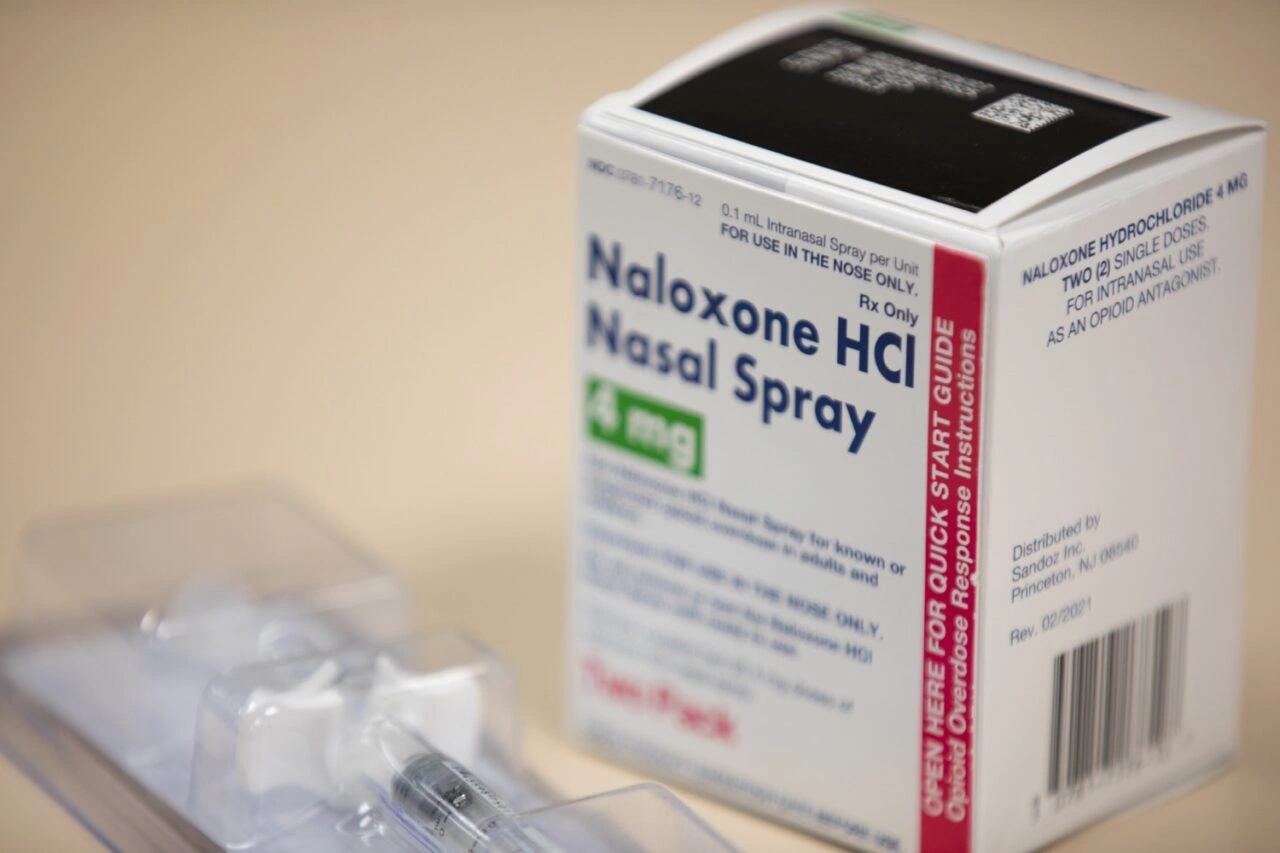


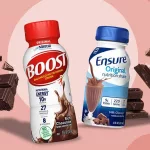
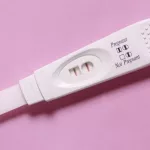





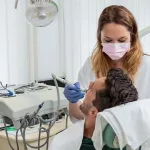

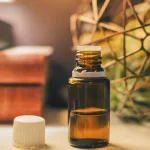




Leave a Reply
You must be logged in to post a comment.